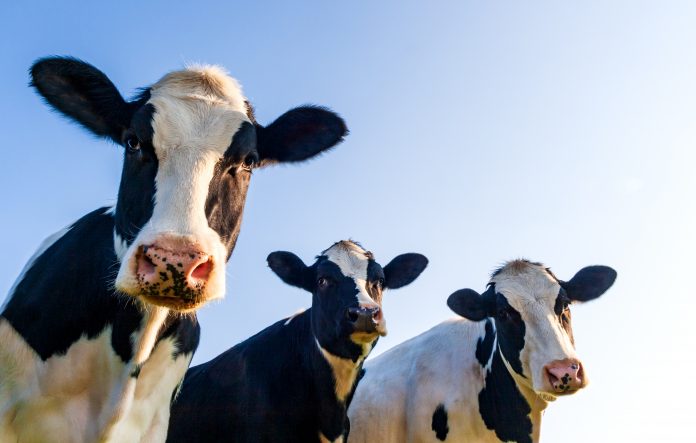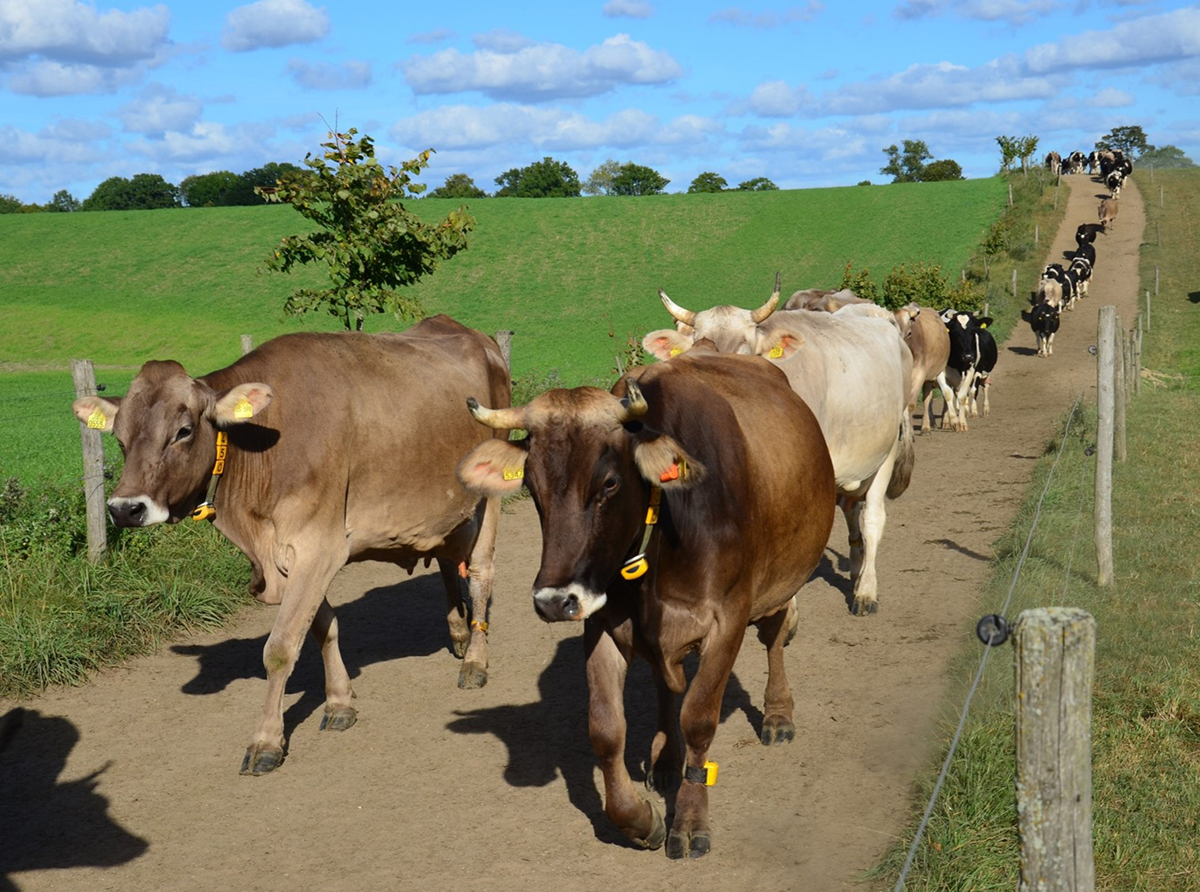Nicolas Friggens at the French Research Institute for Agriculture, Food and Environment (INRAE) discusses cattle farming resilience and efficiency with genomics in breeding programmes
The arrival of genomics and its use in livestock farming has seen a step-change in breeding programmes. It has greatly improved selection accuracy and now offers many options for selecting more complex but appropriate traits like animal efficiency and resilience.
The use of genomics in livestock has been paralleled by the rapid expansion of Precision Livestock Farming (PLF), which includes using on-farm technology that enables cost-effective data collection and monitoring.
These technologies greatly help farmers’ ability to phenotype a much wider range of traits in increasing detail and in larger populations. Over the last five years, the GenTORE EU project has successfully brought genomics and PLF together to provide on-farm management tools to sustainably improve efficiency using resilient animals.
Genomic sequencing is getting increasingly cheaper. When combined with more powerful computing and better statistical tools, we have seen a rapid uptake of genomics and increased selection intensity in the European dairy industry and, to some extent, in beef production.
GenTORE has developed a range of practical management tools that will help farmers focus on matching their animals to the options available to them. This will include identifying which animals to breed, crossbreed or cull, thus making cattle enterprises more economically efficient, more appropriate to current and future environments, and better fitting for what consumers demand.
Tools to match cattle to their environment
Identifying which cattle genotype is best for current and future environments and sufficiently resilient requires finding the best blend of animal resilience and animal efficiency. However, these traits are generally poorly defined and so hard to measure.
GenTORE scientists have developed a database combining regional topographic with climatic and farm types to aid in forecasting climate change effects on cattle production systems by region. They have also produced animal-level lifetime performance prediction models for dairy and beef using efficiency measurements and environmental impact. This will enable breeders and farmers to identify whether the local production environment is likely to challenge animals. Then, by ranking their animals in terms of resilience and production efficiency, farmers will be able to decide which ones will best suit local conditions as pure-breds or crossbreds or whether they should be sold. This means the ‘best’ animals are selected for the local environment.
Improved Phenotyping for resilience and efficiency
Resilience and efficiency are complex and variable traits, and we lack practical references, on a large scale, for predicting which young animals will make good cows. Technologies currently used in precision livestock farming focus on monitoring and detecting specific events in individual cows like oestrus cycling. GenTORE had developed a multiple trait random regression model using this high-frequency data to measure efficiency. This allows the assessment of efficiency not just in fixed periods but at all time points throughout the lactation in dairy cows and the growth period in beef cattle. It has also developed a scoring system to assess a lifetime resilience score (LRS). The model will allow the farmer to evaluate the cow’s ‘ability to re-calve’ and gives an estimate of its productive life. Farmers will be able to use on-farm information collection to calculate individual animals’ LRS and rank all the cows in the herd, which will help them predict the LRS early in life to identify which cows to breed and keep. Farmers will be able to ‘piggy-back’ on technologies currently being used to monitor health or drones to collect data, making decisions on grazing. As this becomes cheaper and more commonly deployed, ranking and prediction will become more accurate.
Genomics Tools
There are four distinct ways genomic tools can provide solutions to the challenges facing farmers: genotype by environment interactions, systematic crossbreeding, identifying efficiency and resilience traits, and making the right management decisions. GenTORE has developed tools for the first two of these: tools and protocols that allow for the analysis of individual Single Nucleotide Polymorphism (SNP) effects and multi- breed genomic methods that allow joint evaluation of pure-breds, crossbreds, and admixed individuals.
These tools will lead to more efficient and resilient cattle systems through better utilisation of and selection in crossbreeding systems, better selection within and across environments, and better management decisions.
Breeding Strategies for Mitigation
Genetic tools can be used to reduce emissions per kg product through improving productivity and efficiency, reducing wastage at the herd level, and reducing emissions by direct selection, when individual animal emissions are measurable. GenTORE has looked at several strategies that reduce management costs as well as emissions, including:
(i) Improved fertility: reducing calving intervals and inseminations would result in shorter dry/unproductive periods.
(ii) Improved longevity: reducing the number of growing replacement females required would produce less additional emissions and costs for the farmer;
(iii) Improved health: again, reducing unproductive periods or minimising production losses, as well as reducing involuntary culling, would provide both economic and environmental benefits;
(iv) Improved feed efficiency: for example, selection for improved residual feed intake would directly affect emissions, like animals that eat less for the same production level tend to produce fewer Green House Gases (GHGs). Also, indirectly, by reducing emissions associated with feed production;
(v) Improved resilience of cattle and farms: this could minimise production losses and enable animals to live longer, resulting in improved efficiency and reduced emissions.
GenTORE has made huge progress in the short period. Its research findings will be of great value to farmers and researchers wanting to refine future cattle genomics. If you want to learn more go to www.gentore.eu, where each of the four themes here presented is elaborated in greater detail, as well a full list of GenTORE results publications and a range of videos describing GenTORE are provided.

GenTORE has received funding from the European Union’s HORIZON 2020 Research programme under the Grant Agreement no. 727213.
Please note: This is a commercial profile












